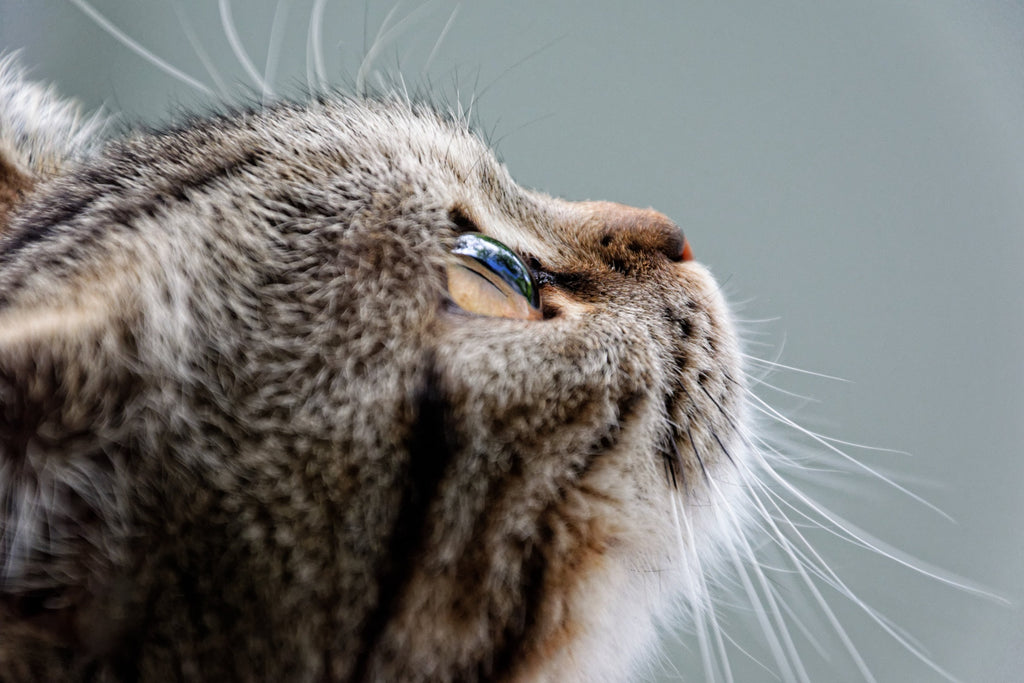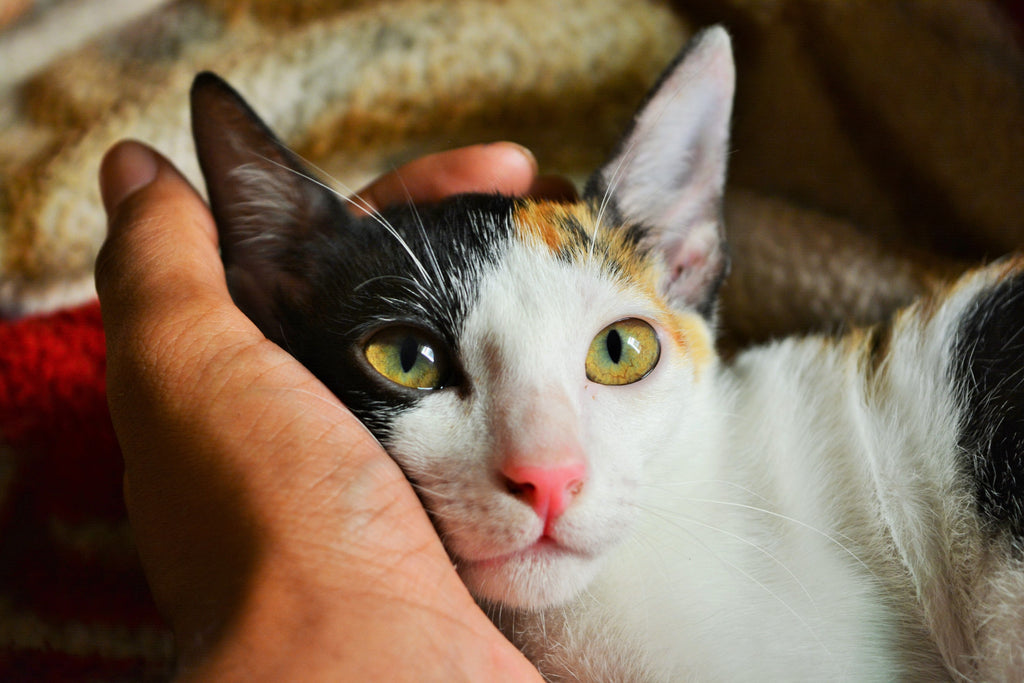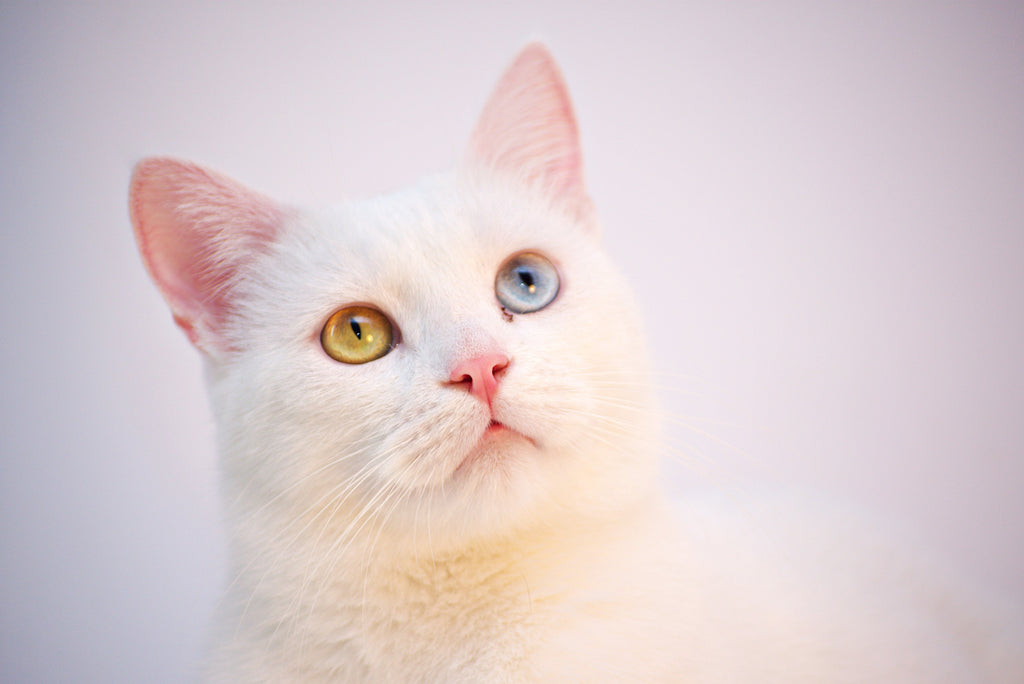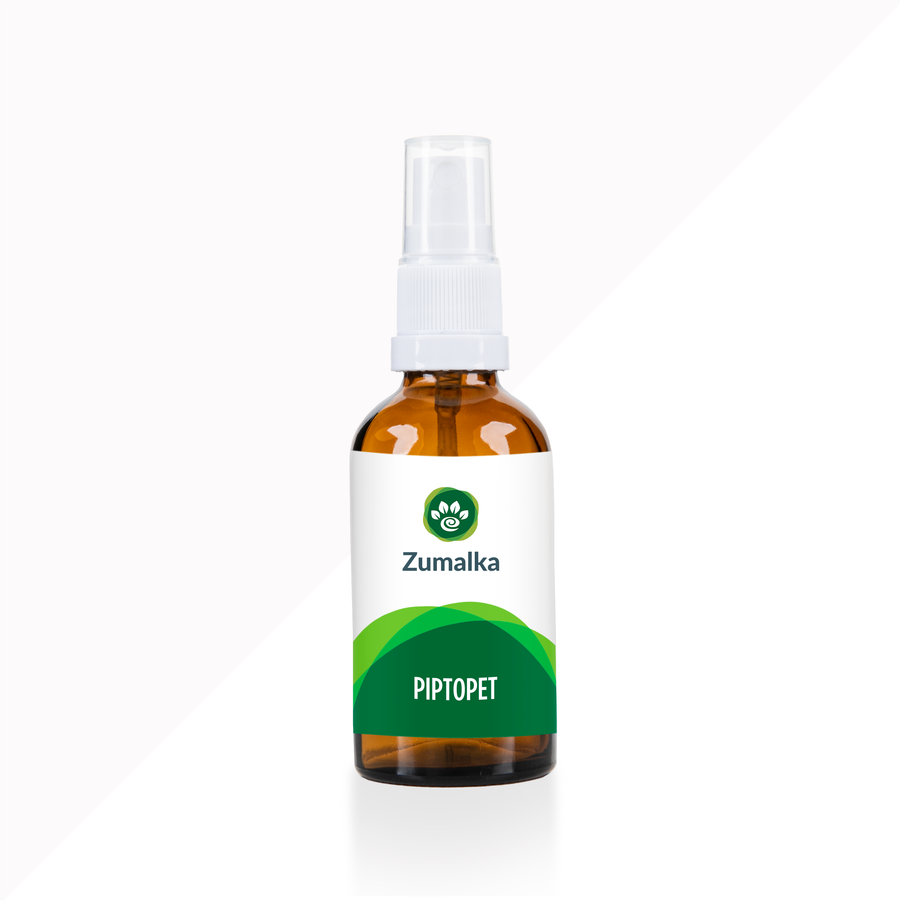How To Identify And Treat Breast Cancer In Cats
Hearing the news that your pet is suffering from cancer can cause a terrible shock. If you’re noticing signs that your cat is sick and you suspect breast cancer—that can be a very scary time! We understand that you are anxious and have many questions.
As pet parents and homeopathic experts at the same time, we here at Zumalka are going to help you deal with feline mammary tumors and breast cancer. We want to use our knowledge and experience in the pet health industry to get you in on the important things to know about.
In this article, we will look at the causes and risk factors of mammary cancer in cats, including their difference with breast tumors. We will also go over the symptoms that you have to take note of when it comes to malignant mammary tumors.
Finally, we'll also look at the life expectancy and treatment options available for this cancer as we go along. Just to emphasize, mammary gland tumors or breast tumors—even if they are not malignant—should not be taken for granted since they can possibly progress into cancer sooner or later.
If you need to know anything else about cancers affecting cats, please refer to our complete guide to cat cancer for more details.
What is Breast (Mammary) Cancer in Cats?

Tumors can develop in the mammary glands (breast tissue or the mammary chain) on the belly. Cats have four mammary glands (with nipples running parallel) on each side of their belly. A mammary tumor affecting the breast tissue can develop in any one of these glands and is referred to as a "primary tumor."
It is crucial to take note that the more pronounced the affected mammary gland is, the farther the tumor cells have spread and developed in the mammary tissue, particularly in the epithelial tissue regions.
Either a particular segment of the mammary chain will be affected or the entire chain itself. It is also possible that mammary tumors in cats will have a more significant effect on a particular mammary gland or glands compared to the others.
Additionally, a malignant mammary gland tumor can potentially transform into mammary carcinoma or breast cancer about half the time. This is the biggest reason why there is a much higher possibility of survival if this serious health issue is caught early by a veterinary oncologist.
What's really alarming is that once malignant mammary tumors spread to the regional lymph nodes, it won't be long until they will affect other parts of a cat's body like the internal organs, bones, and brain.
A male cat can be prone to mammary tumors and breast cancer, too.

Breast cancer is the third most common cancer affecting cats. The majority of these tumors are malignant, meaning they are cancerous and can spread to other areas of the body. Interestingly, male cats can also develop mammary tumors.
However, female cats are more likely to develop this cancer than male cats. One of the best ways to prevent your feline companion from developing mammary tumors or cancer is an early spay at a young age—or just before her first heat cycle.
Spaying your kitty before she is 6 months old significantly reduces the risk of mammary tumors in cats by approximately 91%.

Moreover, apart from helping reduce your feline best friend's susceptibility to tumor development in the mammary gland or glands, early spaying prior to her first heat cycle also curbs the possibility of the uterine infection called pyometra, which involves female reproductive hormones.
Older cats over the age of 10 are also at a higher risk of developing this cancer. Some breeds, such as Siamese cats, also seem to be diagnosed with mammary cancer more often and at a younger age than other breeds.
Are Mammary Tumors the Same as Breast Cancer in Cats?

While the terms mammary gland "tumors" and "cancer" are quite similar, they are actually distinct from each other. Both involve the abnormal reproduction of mammary gland cells, but each requires a different diagnosis, management, treatment, aftercare, and even surgical removal in some cases.
The mammary glands are targeted
When mammary gland tumors are concerned, there is always a particular mammary mass that develops. Although larger tumors can be easily discerned, tumors smaller in size need further testing to be diagnosed properly.
This can be done through a comprehensive physical as well as the collection of tissue samples, chest x-rays, fine needle aspiration (FNA), chest radiographs, abdominal ultrasound, and a complete blood count, among other techniques practiced in veterinary medicine.

A combination of these techniques may be conducted to really arrive at an accurate diagnosis.
Moreover, tumor size is considered an important prognostic factor since it can somehow help assess the level of a cat's risk when mammary gland tumors are present. The size of tumors in cats is also used as a factor in determining median survival time in some cases.
The lymph nodes can also be possibly compromised
When mammary tumors in cats are concerned, there is a big possibility that the lymph node will be affected. A common tumor usually spreads to the groin (inguinal area) or axillary region (located in the areas below the shoulder).
Part of radiation therapy or chemotherapy in cats is targeted at dealing with these affected lymph nodes.
Mammary Cancer in Cats: Symptoms

It’s important that you examine your cat often to look for the signs of a mammary tumor.
A careful examination of your cat's belly will do the trick. Make sure you don't do this when your kitty has an upset stomach since he won't be that cooperative!
Most cats will exhibit nipples are swollen, or feel a small, firm lump under the skin near the nipple. As we've stressed previously, the tumor will spread to the other mammary glands and nearby lymph nodes.
Check the hormone status of cats generally when it comes to mammary tumors or breast cancer because hormones play a key role in growth and development. Excessive production of hormones can make a tumor become quite big.
Location of cat lymph nodes

Here is a quick guide on the lymph node locations on your cat's body:
-
Below the jaw
-
Front of the shoulders
-
Beneath the shoulders
-
The groin area
Mammary gland tumors in cats can be prone to infection and sores

In advanced cases, the tumor might become an open sore and could even become infected. And it will just get worse if no proper treatment and attention are given immediately.
As we've emphasized earlier, make sure to check your cat regularly so you can notice any unusual lumps as early as possible! A careful physical exam at home can do the trick.
Is mammary cancer painful in cats? When it is in the beginning stages, your cat won’t be in any pain. As the tumors grow and spread, your cat might feel sick and uncomfortable, especially if the tumors open up and get infected.
Other clinical signs you should look out for
Other signs you need to keep an eye on include:
-
Sores in and around the breast area of cats that never seem to go away
-
Discharge from the tumor
-
Abnormal puffiness of the nipple and breast tissue
Cat Mammary Cancer: Life Expectancy

The earlier mammary cancer is found and treated, the better the outcome for your cat!
If the tumor is small and hasn’t spread, cats can live for 4 years or longer after diagnosis. For large or more advanced tumors, survival time may only be a few months.
In most cases, your vet might recommend invasive surgery like radical mastectomy in cats to remove the tumors and affected mammary glands. They may also encourage chemotherapy after surgery as well.
But the thing is chemotherapy has a few adverse side effects you should know: nausea, diarrhea, significant loss of appetite, coat dullness, and weakness. Other rare—but still possible—side effects can include cardiovascular damage and kidney failure.
Here's a more natural approach...

Many pet parents search for natural treatment options to use in addition to conventional treatment, or even to use on its own. If you are looking for a natural product, we are happy to introduce you to PIPTOPET!
We have designed PIPTOPET to boost your pet's health even in case of cancer. It will help boost your cat’s immune system. A strong immune system can help your cat fight the disease and it can also prevent recurrences, too!








Hi Elizabeth, Thanks for sharing your dog’s story with us and we’re happy that you have found some helpful treatment options. We have sent you an email with some Natural and Homeopathic recommendations that can help support your dog during this time, and also optimize the effects of other treatments. We hope that she continues to improve!
My dog was diagnosed with metastatic breast cancer . She had a mastectomy with wide excision , but margins were not clear and there were a high number of mitotic figures . I have been treating her with fenbendazole , ivermectin , artemisia combo with good results . Her node decreased in size by 60% in 3 weeks and I noticed that her energy level increased also . I have maintained her on fenbendazole 5 dys/wk and ivermectin once a week and artemisia combo once a week . She looks great . German Shepherd spayed female 10 yrs old .
I have discovered that dogs can tolerate high doses of fenbendazole ( by trying it on my dog ). If you get the substack app and search fenbendazole … case reports show up . One guy calls himself benfen . He is a retired research scientist . Also Dr William Makis has alot of fenbendazole /ivermectin success stories , mostly in humans , also in pets . 🙏
Leave a comment